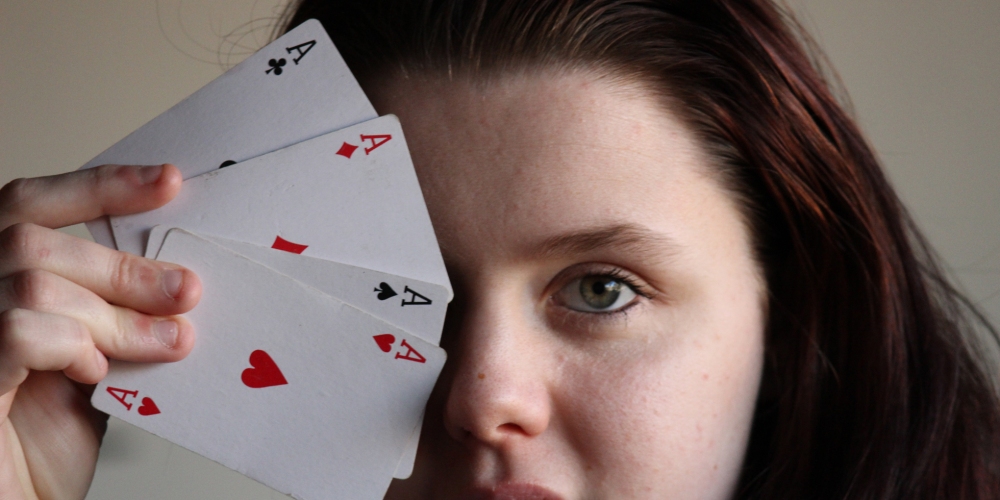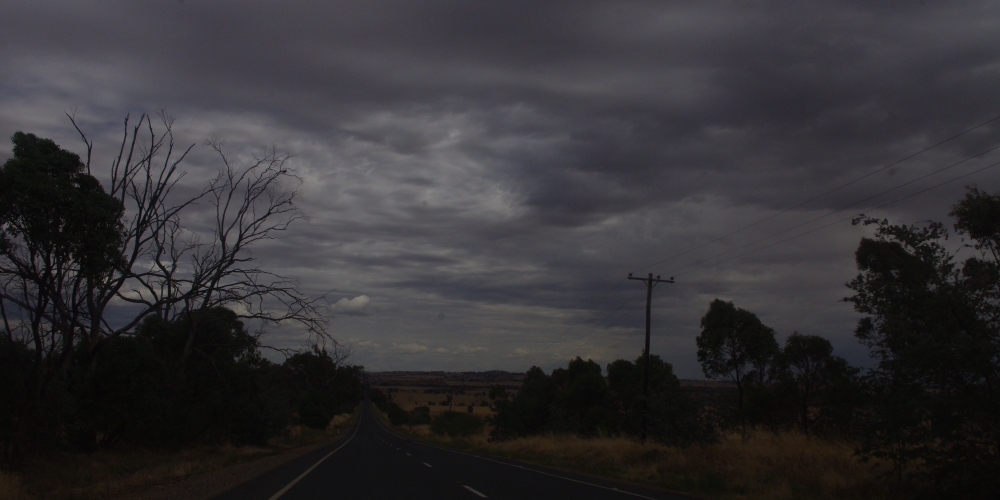Hello friendly readers,
This is a very exciting post. This is the review of my final university set text. After this book, I no longer have assigned novels or books to read. At last count I am eleven weeks and 4,200 words away from completing my degree and graduation so fun times ahead.
So without any further rambling, here are my thoughts on Eleanor Dark’s Prelude to Christopher.
This was the first Australian book I have read that didn’t revolve entirely around the Australian landscape or setting in some way or another. Although there are obvious elements of Australian culture and values, for me it was significantly different to all the other Australian literature I have read.
The basis of the book is the exploration of hereditary mental illness and insanity. The main questions posed are whether mental illness is hereditary and can be passed on through genetics, whether being told you’re mentally ill can result in making you mentally ill and whether there is a way of breaking the cycle of events around you.
Although the discussions of eugenics may seem a little confronting and worrisome, the novel was written before World War II, an important factor to keep in mind while reading. In this sense, Dark effectively captures some of the discussions and opinions occurring in Australia and other countries during the period.
The novel, similar to the writings of Virginia Woolf and James Joyce, takes place over a short amount of time, just four days. This works as Dark intersperses the present with the past to create an interesting collage of stories, characters and events. It also means the story ends up with an interesting crime/mystery fiction feel as the reader tries to put the pieces together.
The novel reflects on a variety of characters, their lifestyles and circumstances and the ways in which these impact and inform their mental and emotional stability. Overall, it represents the shifting ideologies and new ideas that were forming in Australia and other countries in the period before WWII.
It was a very enjoyable read and I was completely drawn into the world and characters, even questioning my own mental stability at times. It has changed my perspective on contemporary and pre-war Australian literature and greatly improved my outlook for the remainder of the course.
From the internet friend who has stopped questioning her mental stability (coz we all know there are a few bits missing),
The Cat


